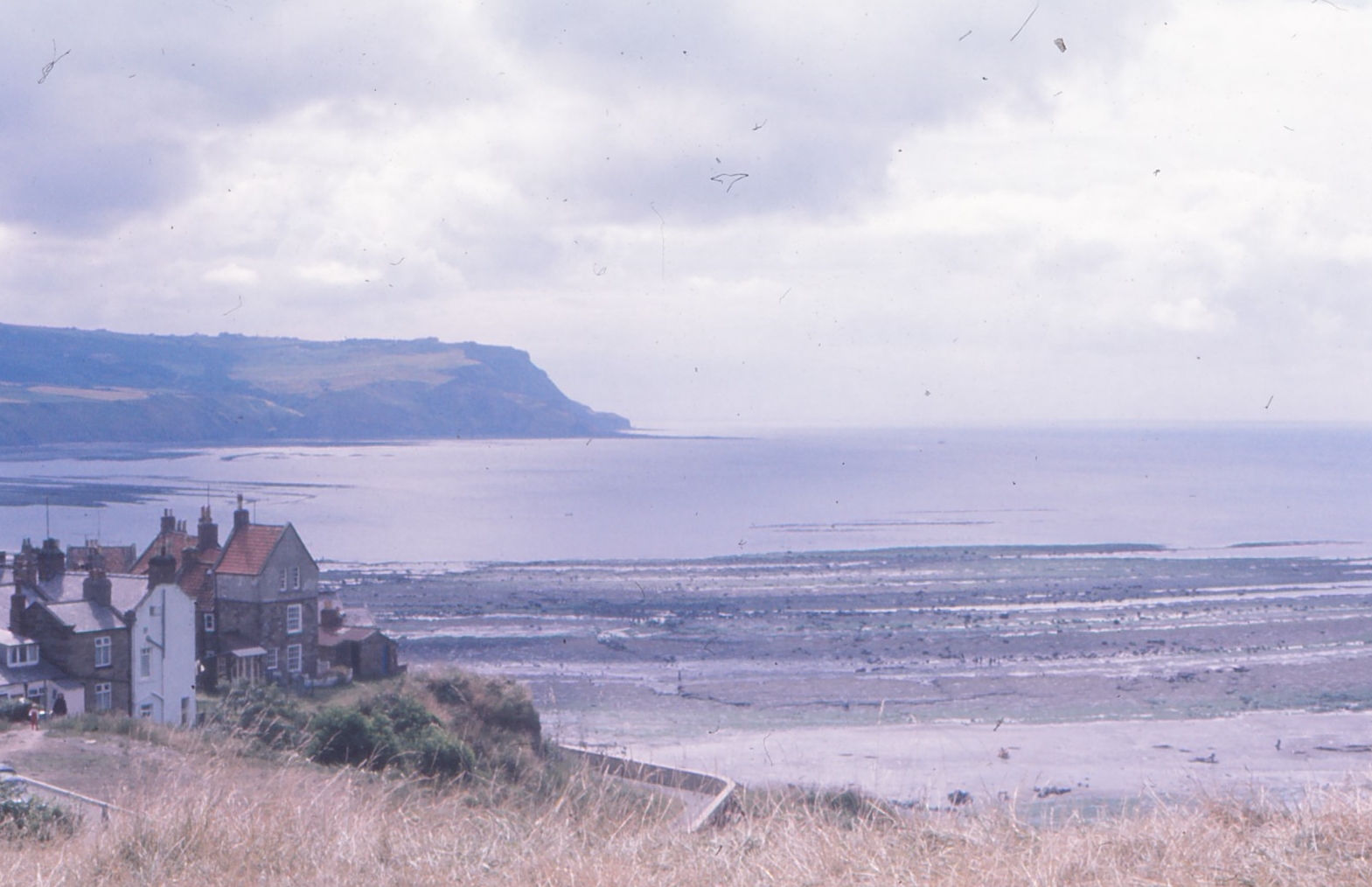From Acid Rain to Ocean AcidificationKeskiviikko 11.9.2019 klo 18.42 - Mikko Nikinmaa In 1980’s the environmental problem in the news in Europe was acid rain. The sulphur dioxide (and to smaller extent oxides of nitrogen) emitted in the smoke from coal burning, condensed in clouds, and was part of the rain entering Scandinavian poorly buffered lakes. The pH of the lakes could decrease from 7 to 4 and wipe out virtually all the fish, shellfish and crayfish of the lakes. The toxicity of acid rain was aggravated by aluminium (Al). Aluminium is insoluble at high pH values, but acid rain solubilized it. The free metal ion, predominant at pH-values below 5 is highly toxic, and kills fish and crustaceans by disturbing their ion regulation. At higher pH values the aluminium hydroxides precipitate on the gills of aquatic animals causing their death. As a result of acid rain, the lakes had clear water, but virtually no animal life. At that time aluminium was considered to be a very bad toxicant. Having studied the acid rain-aluminium toxicity, it is difficult for me to understand that presently aluminium sulphate is used to “restore” lakes. Toxic aluminium will kill fish and invertebrates also in this case. Naturally, if the purpose is to get clear water, that is the thing to do, but as the acid lakes justify, clear water does not mean water, where animals can live. In comparison to freshwater acidification, where water pH could decrease up to 3 pH-units, the most likely pH-decrease in ocean acidification is 0.3-0.4 units by 2100. As |
|
Avainsanat: carbon dioxide, pH, climate change, aluminium |

 a pH change this would not be a problem for animals, if it were not the result of changes in the carbon dioxide-bicarbonate-carbonate equilibria. In 1970’s and 1980’s the acid-base regulation of animals was studied extensively, using, e.g., hypercapnia (increased carbon dioxide level) as a disturbance. It was found that fish and other aquatic animals are quite poor in handling external carbon dioxide loads. While the degrees of hypercapnia used were much higher than the environmentally relevant ones during ocean acidification, it seems quite clear that any disturbances observed in animals are due to hypercapnia. The reasons for this are at least the following: (1) Aquatic animals have low total carbon dioxide levels. Consequently, any increase in external carbon dioxide tension, as happens during ocean acidification, will decrease the efficiency of carbon dioxide excretion. Since carbon dioxide is the major end product of aerobic energy metabolism, this causes disturbances of energy metabolism. (2) Increased carbon dioxide level can only be achieved at the expense of carbonate levels, which must decrease. All the shells of invertebrates are made of calcium carbonate. Thus, shell formation may be disturbed by ocean acidification. So, it is really the problems of handling carbon dioxide, i.e. hypercapnia, and not the pH-changes, that are the questions in ocean acidification.
a pH change this would not be a problem for animals, if it were not the result of changes in the carbon dioxide-bicarbonate-carbonate equilibria. In 1970’s and 1980’s the acid-base regulation of animals was studied extensively, using, e.g., hypercapnia (increased carbon dioxide level) as a disturbance. It was found that fish and other aquatic animals are quite poor in handling external carbon dioxide loads. While the degrees of hypercapnia used were much higher than the environmentally relevant ones during ocean acidification, it seems quite clear that any disturbances observed in animals are due to hypercapnia. The reasons for this are at least the following: (1) Aquatic animals have low total carbon dioxide levels. Consequently, any increase in external carbon dioxide tension, as happens during ocean acidification, will decrease the efficiency of carbon dioxide excretion. Since carbon dioxide is the major end product of aerobic energy metabolism, this causes disturbances of energy metabolism. (2) Increased carbon dioxide level can only be achieved at the expense of carbonate levels, which must decrease. All the shells of invertebrates are made of calcium carbonate. Thus, shell formation may be disturbed by ocean acidification. So, it is really the problems of handling carbon dioxide, i.e. hypercapnia, and not the pH-changes, that are the questions in ocean acidification.